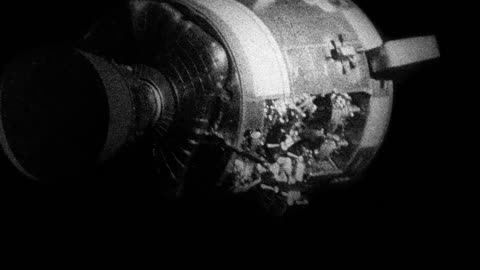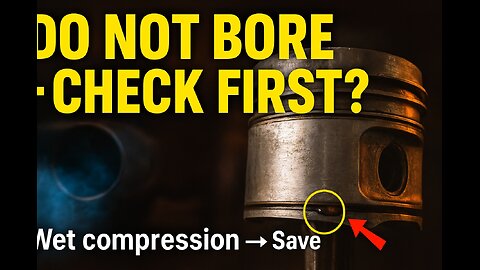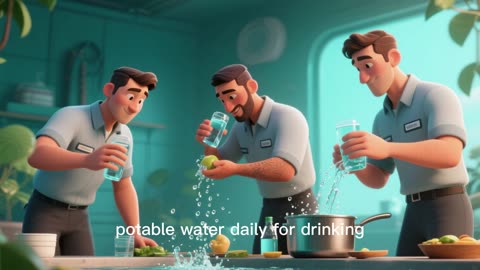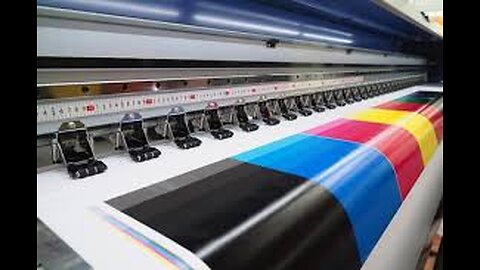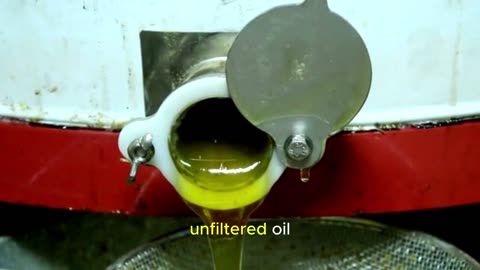
Space and Engineering
18 videos
Updated 10 days ago
Space and Engineering
-
Journey To The Edge Of The Universe.
bbotplayer1From the blazing heart of our Sun to the farthest galaxies ever seen — this is the ultimate journey through everything humanity has discovered in space. 🚀 Explore the most incredible objects ever found in the universe — planets, moons, asteroids, stars, pulsars, black holes, quasars, and mysterious exoplanets orbiting distant suns. Learn how astronomers, using telescopes like Hubble and James Webb, continue to push the limits of our cosmic map — uncovering new worlds, galaxies, and phenomena billions of light-years away.114 views 2 comments -
Inside the Apollo Missions | From Earth to Moon and Back
bbotplayer1The story of humanity’s most daring adventure — the Apollo Mission. In this video, we trace the incredible journey that took humans from Earth to the Moon and back safely. Learn how NASA planned, built, and launched the Saturn V rocket, trained astronauts for space, and overcame countless challenges to make history in 1969 with Apollo 11. You’ll discover: 🚀 The origins of the Apollo Program 🌎 How the Saturn V rocket worked 🧑🚀 Life inside the spacecraft 🌕 The first moon landing — “One small step for man…” 🛰️ How Apollo paved the way for modern space exploration This video brings together stunning visuals, facts, and moments that changed the course of human history. Perfect for space enthusiasts, students, and science lovers! 🔭 Watch till the end to see how Apollo inspired future missions like Artemis and beyond.195 views 3 comments -
DO NOT BORE IT — Check This First!
bbotplayer1Save money and avoid unnecessary engine machining. In many cases blue exhaust smoke, high oil consumption, and blow-by are caused by worn piston rings — not a damaged cylinder. In this video I show the exact tests and signs mechanics should use before recommending a bore: compression test, wet compression test, leak-down test, and borescope inspection. I also walk through the repair path: replacing rings + a light cylinder hone and break-in tips.#EngineRepair #PistonRings #CompressionTest39 views -
The Hidden Future of Nuclear Power (SMRs)
bbotplayer1Nuclear power is changing faster than most people realize. From Small Modular Reactors (SMRs) to advanced fuels and safer designs, a hidden revolution in clean energy is already underway. ⚡ In this video, we’ll uncover: • Why nuclear energy is returning as a climate solution 🌍 • The rise of SMRs and how they power cities more safely • New reactor technologies beyond today’s power plants • The myths vs. realities of nuclear safety • How nuclear could shape the world’s energy future Whether you’re curious about future technology, clean energy, or how we’ll power tomorrow’s cities, this is the video for you. 👉 Don’t forget to Like, Subscribe, and hit the 🔔 so you don’t miss the next deep-dive into science and innovation. #NuclearEnergy #CleanEnergy #FutureTech #SmallModularReactors #SMR #EnergyFuture #PoweringTomorrow28 views 1 comment -
Inside a Nuclear Submarine Breath, Water and Atomic Power
bbotplayer1Beneath the ocean, nuclear submarines are self-contained cities. This documentary explains, in clear, research-based terms, how submarines generate breathable air from seawater, produce fresh water, run compact nuclear reactors for years, and use layered safety systems to avoid meltdowns. We cover: electrochemical oxygen systems and CO₂ scrubbing, desalination from reactor heat, reactor design and control systems, passive safety features, crew life-support routines, and why decades of naval practice have made these vessels remarkably safe. What’s in this video • Oxygen production & CO₂ removal • Fresh water generation and supply systems • How submarine reactors work (compact, pressurized designs) • Cooling, control rods, and fail-safe mechanisms that prevent meltdowns • Life aboard: routines, psychology, and logistics #NuclearSubmarine #Engineering #Documentary #NavalHistory #LifeSupport35 views 1 comment -
Reactor vs Bomb Why Uranium Often “Wins” in Power
bbotplayer1Uranium sits at the heart of two very different technologies: peaceful reactors that supply steady electricity, and weapons that release energy in milliseconds. This video explains the science, engineering, and policy that make reactors useful for power — not bombs — and why uranium became the backbone of nuclear energy. What you’ll learn (bullet list): How nuclear fission produces heat and why control (not the element) determines the outcome. Why most power reactors use low-enriched uranium and how that enables safe, steady operation. The conceptual differences between reactor design and weapon design (non-actionable, high-level). Plutonium’s role as a reactor byproduct and the safeguards that matter for peaceful programs. Myths vs reality: separating fear from facts about nuclear power.25 views -
Why Some Things Are Transparent While Others Are Opaque
bbotplayer1Why are glass and water see-through while metal and clouds aren’t? In this clear, story-driven explainer we follow a photon’s journey to reveal why some things are transparent and others opaque, using simple demos, animations, and everyday examples. Join us on a visual journey that explains transparency, absorption, scattering, and reflection in plain language. You’ll learn how atoms and electrons decide the fate of light, why band gaps determine which colors a material absorbs, and how thickness and wavelength change what we can see. Expect quick home experiments (milk-in-water, thin vs thick dye), simple animations, and practical takeaways you can use to understand everyday materials like glass, plastic, metal, clouds, and colored glass. This video covers: photon transmission, atomic absorption (why materials have color), scattering (why milk and clouds look white), metallic reflection (free-electron behavior), the Beer–Lambert thickness effect, and wavelength dependence (UV vs visible vs IR). Watch the timestamps below to jump to sections. If you enjoy clear science explained visually, hit Like, Subscribe, and tell us in the comments which material we should explore next.45 views -
The Real Reason Your Print Colors Look Wrong (And How to Fix It!)
bbotplayer1This explainer breaks down why colors change between screens and print in plain language. We cover the fundamental difference (screens emit light; paper reflects it), RGB vs CMYK color spaces, gamut limitations, the role of paper and finish, and how ICC color profiles and soft proofing restore control. Follow the three quick fixes in the video to get your prints closer to what you see on-screen — and avoid wasting ink and paper.34 views -
Do Electrons Really Move Fast
bbotplayer1How does electricity really work? Do electrons flow rapidly through wires, or is something else powering your light bulb instantly? In this short explainer, we break down the real science of electric current, drift velocity, and electric fields — using analogies, physics equations, and textbook-based facts. ⚡ What You'll Learn: What actually flows in a wire Why electrons move very slowly How energy is transferred almost instantly The difference between electron movement and electric field propagation A simple analogy that explains it all 🎓 This video is based on real science, no myths or clickbait — only concepts backed by some of the world’s most trusted physics books and educators. 📚 Scientific Sources & References OpenStax College Physics, Chapter 20 – https://openstax.org Griffiths – Introduction to Electrodynamics, Ch. 7 Feynman Lectures on Physics, Volume II, Ch. 13 Veritasium: Does electricity flow in wires? YouTube Concepts of Physics by H.C. Verma NCERT Physics Class 12 – Chapter 3 MIT OCW – Electricity and Magnetism38 views 2 comments -
What Happens If You Use the Wrong Mobil Oil
bbotplayer1Using the wrong Mobil oil viscosity or API grade can damage your engine or machinery. This video explains, with real research and engineering facts, how incorrect oil causes sludge buildup, bearing wear, seal failure, and higher fuel consumption. Learn how mismatched oil affects cold starts, turbochargers, gearboxes, and overall reliability. Based on SAE, NCBI, and OEM technical reports. Avoid costly damage—know the risks.29 views
